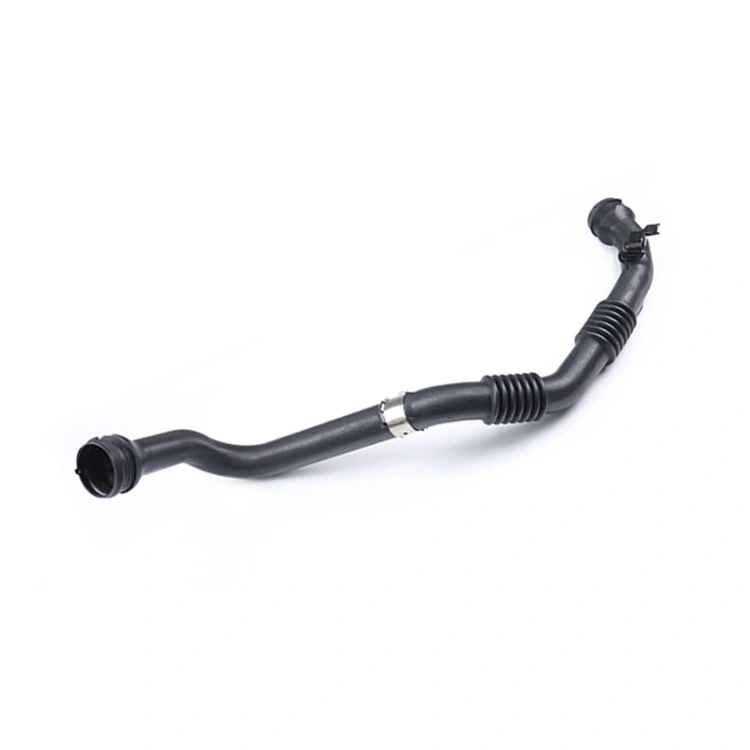What is the Best Material for Intake Pipe?
2024-12-05
The intake pipe is a critical component of an internal combustion engine, channeling air or an air-fuel mixture into the engine for combustion. Selecting the right material for an intake pipe can significantly impact engine performance, durability, and efficiency. The "best" material depends on factors such as application, engine type, and environmental conditions.
Popular Materials for Intake Pipes
1. Aluminum
- Benefits:
- Lightweight and durable
- Excellent heat dissipation properties.
- Resistant to corrosion when coated or anodized.
- Applications:
- Common in high-performance and aftermarket intake systems.
- Ideal for turbocharged engines due to its ability to withstand higher temperatures.
2. Stainless Steel
- Benefits:
- Extremely durable and resistant to rust and corrosion.
- Handles high temperatures and pressures well.
- Provides a polished look for aesthetic appeal.
- Drawbacks:
- Heavier than aluminum.
- Can retain heat, which may reduce intake air density.
- Applications:
- Often used in custom or heavy-duty setups.
3. Plastic (High-Density Polyethylene or Nylon Composites)
- Benefits:
- Lightweight and cost-effective.
- Naturally resistant to corrosion and heat to a certain extent.
- Low thermal conductivity helps maintain cooler intake air temperatures.
- Drawbacks:
- May not withstand extreme temperatures as well as metal options.
- Can degrade over time when exposed to high heat and chemicals.
- Applications:
- Common in OEM (Original Equipment Manufacturer) intake systems for everyday vehicles.
4. Carbon Fiber
- Benefits:
- Ultra-lightweight and extremely strong.
- Excellent thermal insulation properties, reducing heat transfer.
- Aesthetically appealing with a premium finish.
- Drawbacks:
- Expensive compared to other materials.
- Can be brittle if not engineered properly.
- Applications:
- High-performance and luxury vehicles.
5. Silicone
- Benefits:
- Highly flexible and can withstand vibrations and movement.
- Resistant to heat and chemical degradation.
- Easily customizable for various shapes and designs.
- Drawbacks:
- Not as rigid as metals, which may limit its use in certain applications.
- Applications:
- Used in connecting intake pipe segments or as couplers.

Factors to Consider When Choosing an Intake Pipe Material
1. Thermal Properties:
- Materials like carbon fiber and plastic help maintain cooler intake air temperatures, improving engine efficiency.
2. Durability:
- Metals like aluminum and stainless steel are better for environments with high stress or extreme conditions.
3. Weight:
- Lightweight materials such as carbon fiber and plastic are preferable for performance applications to reduce overall vehicle weight.
4. Corrosion Resistance:
- Stainless steel and plastic excel in environments exposed to moisture or chemicals.
5. Cost:
- Plastic is cost-effective for mass production, while carbon fiber is ideal for premium applications but comes at a higher price.
6. Aesthetics:
- Polished stainless steel or carbon fiber enhances the visual appeal of engine bays in show cars or performance setups.
Best Material for Different Applications
- Daily Drivers: High-density plastic is reliable, cost-effective, and efficient for typical driving conditions.
- Performance Vehicles: Aluminum or carbon fiber offers durability and performance benefits for turbocharged or naturally aspirated high-output engines.
- Off-Road or Harsh Environments: Stainless steel provides the rugged durability needed to withstand challenging conditions.
Conclusion
The best material for an intake pipe depends on balancing performance, durability, cost, and specific requirements. While plastic suits most daily-use vehicles, high-performance applications often favor aluminum or carbon fiber for their superior heat resistance and weight advantages. Stainless steel is an excellent choice for durability in extreme conditions. Selecting the appropriate material ensures optimal engine performance and longevity.


